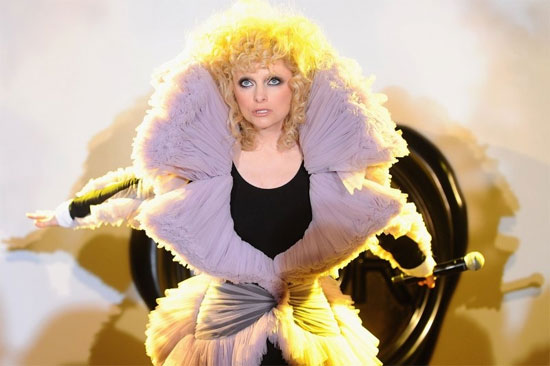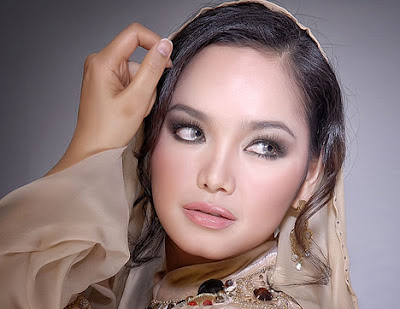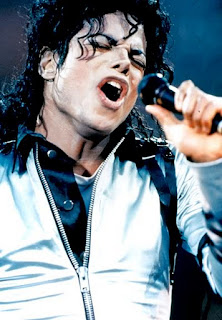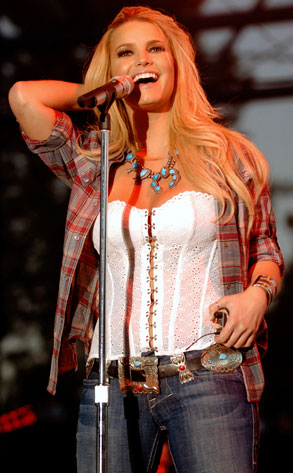Vocal Type: Light Lyric Soprano
Vocal Range: D3-E6 (3 octaves, 1 note)
Tessitura: D4-E5 (1 octave, 1 note)
Whistle Register: No
Vocal Pluses: An emotive singer, this Diva demonstrates great control over her instrument in its upper reaches. Her voice is characterized by its ability to growl emotively, and go from a sweet whisper, to a belt at forte. Her voice also has a nice natural rasp that gives the voice a false sense of thickness.
Haley Reinhart's lower register, is thin and lacks resonance, though the tone is nasal, reedy, and sweet. She loses resonance as she dips below B3. Despite this fact, she wields it with nice artistry; using the thinness of this register to give the voice a great sense of dynamics, being able to go from a low whisper-like note to an elastic belt easily [Hear: Oh My]. However, her technique in this region is questionable, with notes often being reached by forcing the larynx down.
Her mid voice, spanning C4-C5, is still light in both weight and volume which gives her voice an overly delicate and youthful sound [Hear: Wasting Tears]. The voice breaks at around C5 where her falsetto gives way. Her tone in this area is rather guttural and edgy at times [Hear:Wasting Tears] but can be softer, and cooler [Hear: Hit the Ground Running ]. This area is quite easily accessed, though at times she can sound monotone.
Her belting register is her strongest suit, spanning from B4-G#5. She uses this part, combined with her ability to mix and her extensive volume control, to give the voice added dynamic [as heard in the D5 of Oh My and the C#5 of the chorus of Undone]. She has quite a durable voice, being able to "growl" for extensive periods with little if any resulting vocal deterioration. She also has extensive stamina in this region, being able to sing difficult lyrical passages [as heard in her many American Idol covers and her song Keep Coming Back]. Her tone in this region is very reedy, though its texture is very raspy.
Haley has a well developed mix and relies heavily on falsetto, rather than true head voice. It extends upwards to Soprano E. Her tone here is a dead ringer for a piccolo, and is in contrast to the rest of her voice. It is warm and has a light weight fragility to it. She can switch to head tones within the space of a breath and exhibits great dexterity here. Her mix is stellar and uses great technique to achieve this sound. (Just about every single song she has created shows off her head tones.)
Vocal Negatives: Thin light voice, is a very acquired taste and has trouble being heard over instrumentation in a live setting. Her technique in her belting register needs polish, as there is questionable technique and a lack of mixing involved when singing. Her growling, similarly, employs questionable technique. A listener may also take issue with the nasal and bight tone present in her full voice, her rasp, and her weak lower register.
Thanks to Montrez Rambo for this Profile!





















